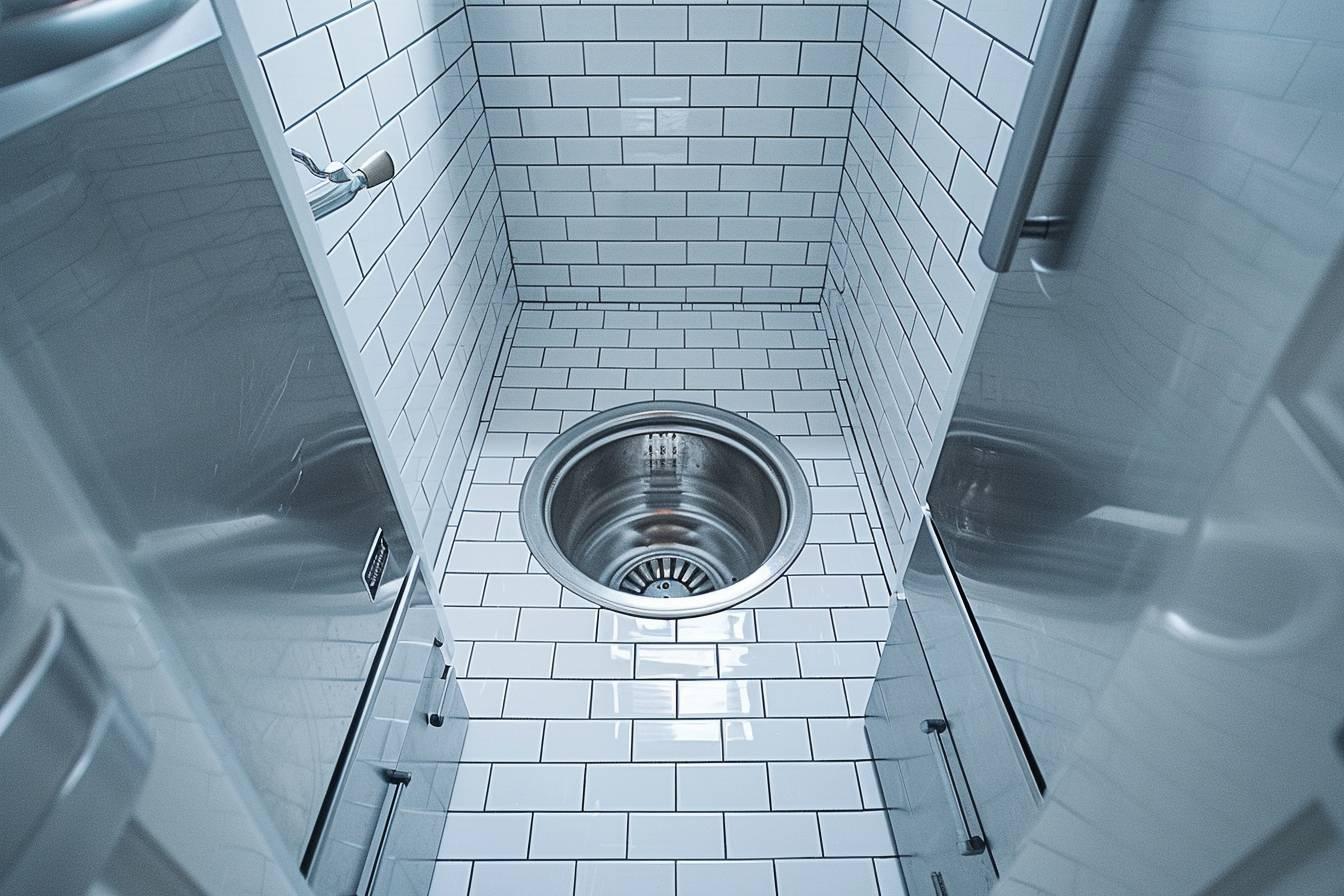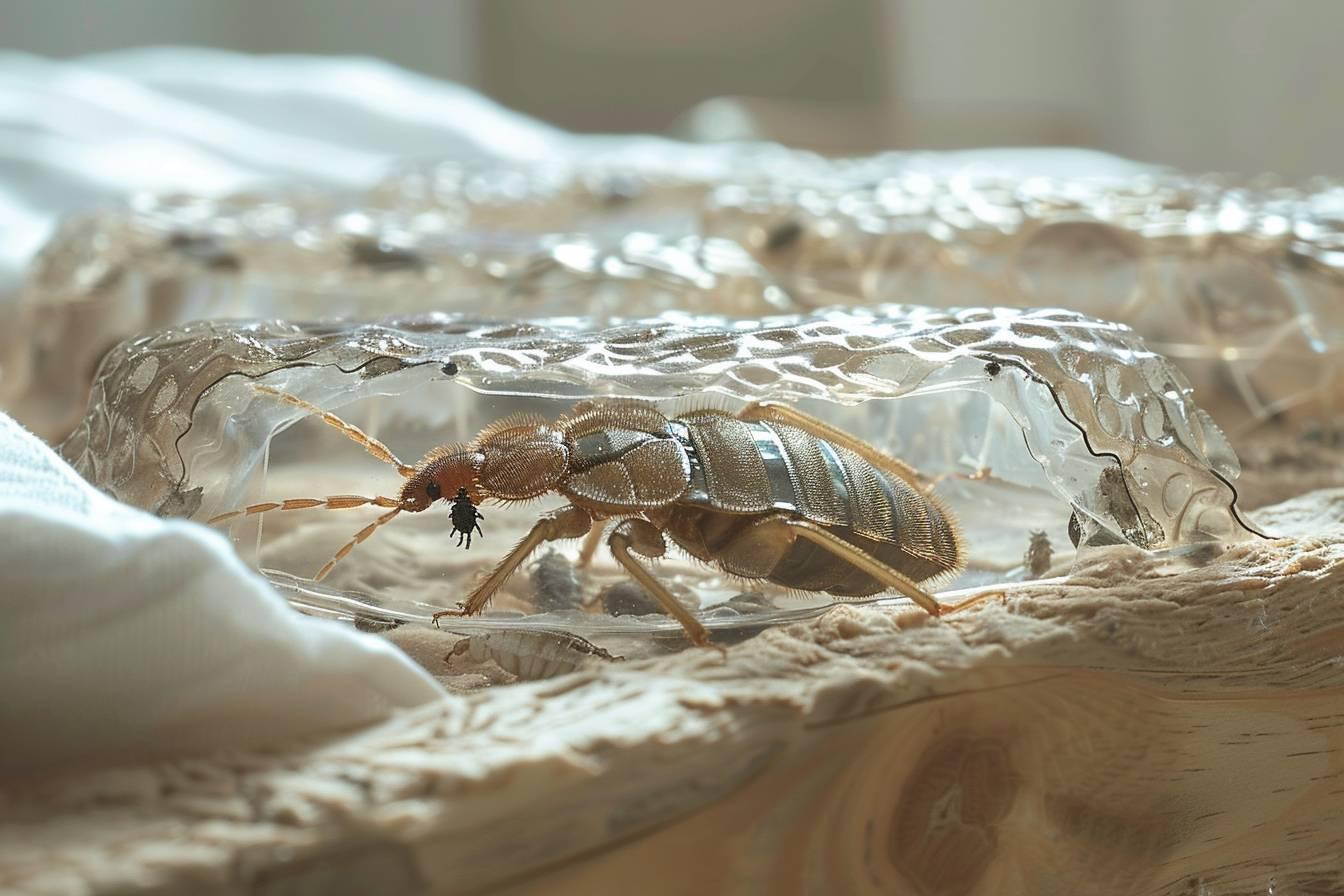Bed bugs can be a persistent and frustrating problem for homeowners and renters alike. These tiny, blood-sucking pests are notoriously difficult to eradicate, but with the right tools and knowledge, you can effectively manage and control infestations. One such tool that has gained popularity in recent years is the bed bug interceptor, also known as a bed bug trap or coupe punaise de lit. In this article, we’ll explore the world of bed bug interceptors, discussing their effectiveness, how to choose the best ones, and how to use them properly for optimal pest control.
Understanding bed bug interceptors : How they work
Bed bug interceptors are ingenious devices designed to trap and detect bed bugs before they can reach their intended targets – sleeping humans. These traps typically consist of a set of plastic cups or dishes that are placed under the legs of beds, sofas, or other furniture. The outer walls of the interceptors are smooth and slippery, making it nearly impossible for bed bugs to climb out once they’ve fallen in.
The principle behind bed bug interceptors is simple yet effective. As bed bugs attempt to climb up furniture legs to reach their food source (you !), they fall into the trap and become stuck. This not only prevents them from reaching you but also allows you to monitor the level of infestation and track the effectiveness of your pest control efforts.
Bed bug interceptors work in two ways :
- Preventing bed bugs from climbing up furniture legs
- Trapping bed bugs that are already on the furniture as they attempt to leave
This dual action makes interceptors an invaluable tool in the fight against bed bug infestations. By using these traps, you can create a barrier between you and the pests, giving you peace of mind and a fighting chance against these resilient creatures.
Choosing the best bed bug interceptors for your needs
When it comes to selecting the right bed bug interceptors, there are several factors to consider. The market offers a variety of options, each with its own set of features and benefits. To help you make an informed decision, let’s explore some key aspects to look for when choosing bed bug traps.
Material and durability are crucial factors to consider. High-quality interceptors are typically made from sturdy, durable plastic that can withstand the weight of furniture and frequent inspections. Look for traps with reinforced bases and thick walls to ensure they don’t crack or break under pressure.
Size and compatibility with your furniture are also important. Measure the legs of your bed and other furniture to ensure the interceptors you choose will fit properly. Some traps come in various sizes or offer adjustable features to accommodate different furniture leg dimensions.
Consider the design and effectiveness of the interceptors. The best traps feature :
- Steep, slippery walls to prevent bed bugs from escaping
- A textured outer surface to help bed bugs climb into the trap
- A deep well to contain trapped bugs
- A clear or light-colored interior for easy inspection
Lastly, think about ease of use and maintenance. Look for interceptors that are easy to install, inspect, and clean. Some traps feature removable inner wells or design elements that simplify the inspection and cleaning process.
| Feature | Importance | What to Look For |
|---|---|---|
| Material | High | Durable plastic, reinforced base |
| Size | High | Compatible with furniture legs, adjustable options |
| Design | High | Steep walls, textured exterior, deep well |
| Ease of Use | Medium | Simple installation, easy to clean and inspect |

Maximizing the effectiveness of bed bug interceptors
Once you’ve chosen the right bed bug interceptors for your needs, it’s essential to use them correctly to maximize their effectiveness. Proper placement, regular maintenance, and integration with other pest control methods can significantly enhance the performance of these traps.
Correct placement is crucial for the success of bed bug interceptors. Place the traps under all legs of beds, sofas, and other furniture where bed bugs might hide or attempt to reach you. Ensure that the furniture legs are centered within the interceptors and that no part of the furniture touches the floor or walls, creating alternate routes for bed bugs.
For optimal coverage, consider placing interceptors in the following locations :
- Under all bed legs
- Beneath sofa and armchair legs
- Under nightstands and dressers
- Near baseboards and wall corners
- Around the perimeter of the room
Regular inspection and maintenance are vital to the ongoing effectiveness of bed bug interceptors. Check the traps at least once a week, or more frequently if you suspect an active infestation. When inspecting, look for trapped bed bugs, eggs, or shed skins. Clean the interceptors thoroughly and reposition them as needed.
To enhance the performance of your bed bug traps, consider integrating them with other pest control methods. This multi-faceted approach, known as Integrated Pest Management (IPM), can significantly improve your chances of eliminating bed bugs. Some complementary strategies include :
- Using encasements on mattresses and box springs
- Regularly washing and heat-treating bedding and clothing
- Vacuuming thoroughly and frequently
- Sealing cracks and crevices in walls and furniture
- Employing professional pest control services when necessary
By combining these methods with the use of bed bug interceptors, you create a comprehensive defense against these persistent pests, increasing your chances of successful eradication and prevention of future infestations.
Long-term strategies for bed bug prevention and control
While bed bug interceptors are an excellent tool for detecting and managing infestations, they should be part of a broader, long-term strategy for bed bug prevention and control. By implementing a comprehensive approach, you can significantly reduce the risk of future infestations and maintain a bed bug-free environment.
Regular inspections are key to early detection and prevention of bed bug infestations. Conduct thorough checks of your living spaces, paying close attention to :
- Mattress seams and tags
- Box spring edges and corners
- Headboards and bed frames
- Upholstered furniture seams
- Baseboards and wall-to-floor junctions
- Electrical outlets and switch plates
Look for live bugs, eggs, shed skins, and dark spots that may indicate bed bug activity. Early detection can prevent small problems from becoming full-blown infestations.
Proper hygiene and clutter management play a crucial role in bed bug prevention. Regularly vacuum floors, carpets, and upholstered furniture. Reduce clutter in your living spaces, as this eliminates potential hiding spots for bed bugs. Wash bedding, curtains, and clothing in hot water (at least 130°F or 54°C) and dry them on the highest heat setting to kill any potential bed bugs or eggs.
When traveling, take precautions to avoid bringing bed bugs home. Inspect hotel rooms thoroughly before settling in, keep your luggage off the floor and away from the bed, and wash all clothing immediately upon returning home. Consider using portable bed bug traps or encasements for your luggage during travel.
Lastly, stay informed about bed bug biology and behavior. Understanding these pests’ life cycle, feeding habits, and preferred habitats can help you make informed decisions about prevention and control methods. Keep up with the latest research and developments in bed bug management to ensure you’re using the most effective strategies available.
By combining the use of bed bug interceptors with these long-term prevention strategies, you can create a robust defense against these persistent pests. Remember, vigilance and consistency are key to maintaining a bed bug-free environment and protecting your home and peace of mind.

